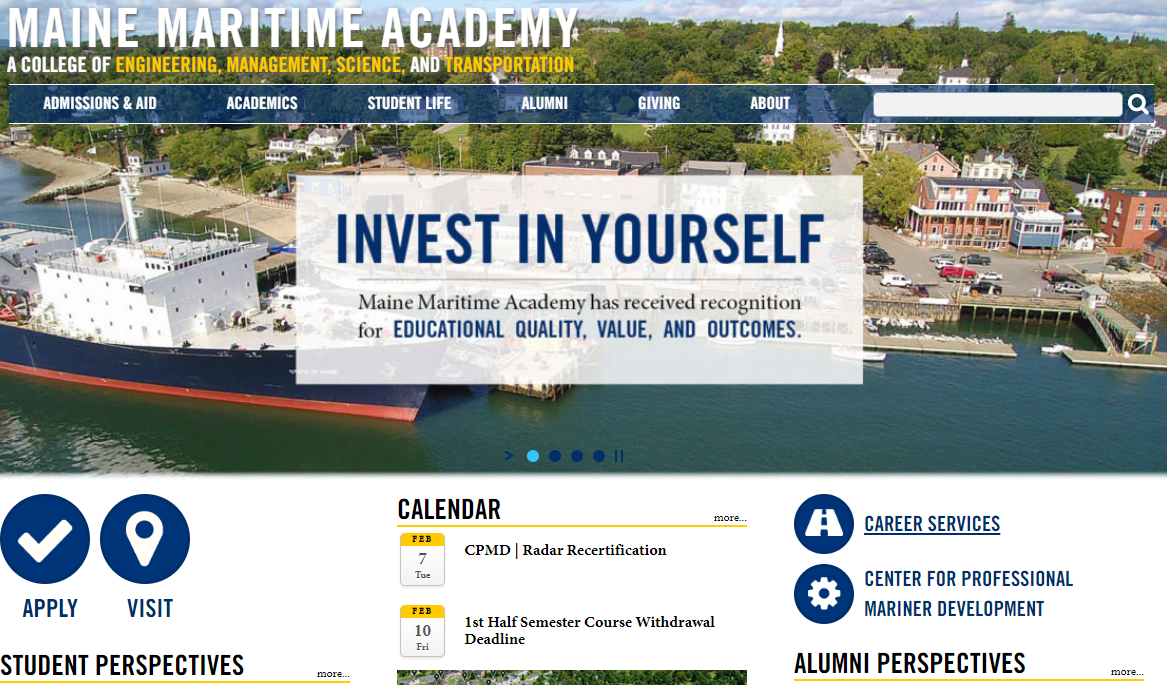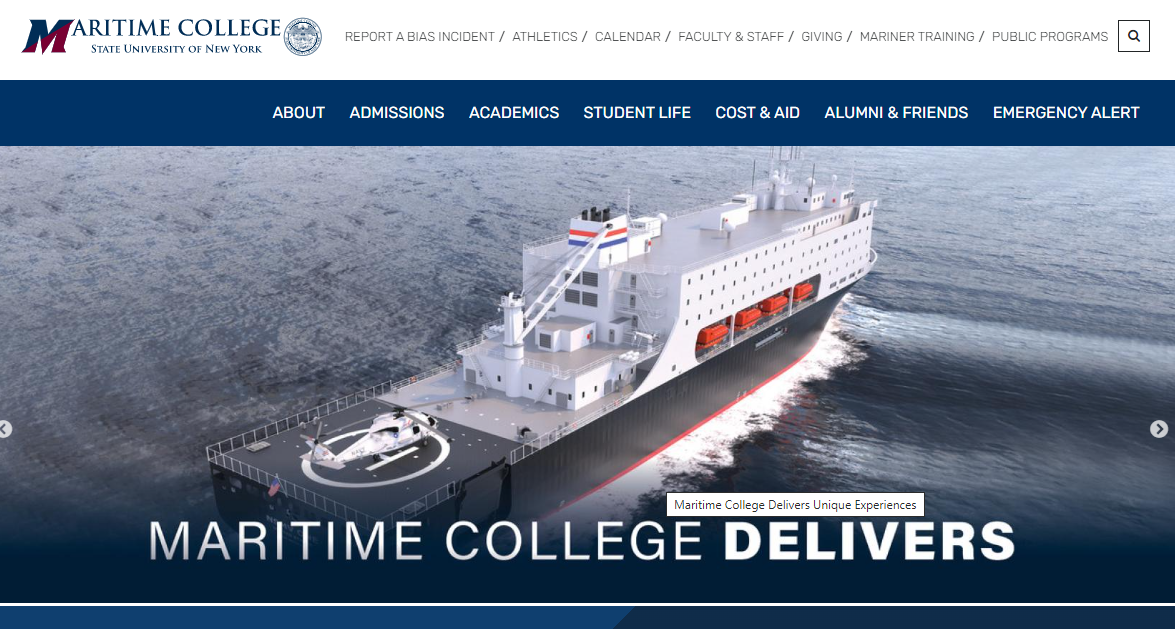
The field of marine engineering is large and significant. Oil and other cargo must be transported around the world by ships. Marine engineers assist in resolving issues when a ship system runs into a technical snag. The best employers for marine engineers, anticipated salaries, and how to enter the field are all covered in the article that follows.
According to the US Bureau of Labor Statistics, employment in marine engineering is anticipated to increase by 4% between 2020 and 2030. This article includes comprehensive summaries of the top-paying organizations for marine engineers in 2022 to assist aspiring marine engineers in their career search.
The installation, routine maintenance, and operation of marine machinery and equipment, as well as equipment upkeep on marine vessels, fall under the purview of marine engineers. They work in dredges, drill ships, offshore supply engines, cargo ship engines, and other places. Additionally, they are able to work on passenger tugboats, ships, and oil tankers as well as offtake facilities.
These specialists must be familiar with various diesel engines, gas turbines, and steam plants in order to build, repair, and maintain maritime vessels. Additionally, hydraulic mechanics, propulsion, and structural engineering utilize their expertise.
How Can I Find a Job as a Marine Engineer in the US?
For entry into the field, marine engineers need additional training beyond what is offered in college courses. Additionally, certification might be needed. The steps to getting a job in marine engineering are listed below.
- Get a degree.
Enrolling in a bachelor’s degree program in the area is the first step. While some universities have a marine engineering program, others have courses that are related. Any degree in marine engineering technology is available to students.
Additionally, it’s crucial to develop your leadership, technical, soft, and technical skills.
- Work as an intern.
Students should participate in internships to gain work experience prior to earning a degree. You can develop important skills for becoming a marine engineer through internships. Internships are frequently available to students at shipbuilding and energy companies.
- Succeed in a professional test.
The next step after earning a degree is to pass the Fundamentals of Engineering exam (FE). This test demonstrates that candidates are prepared to use engineering fundamentals in a professional setting.
- Submit a resume.
New hires will learn everything they can by working in entry-level marine engineering positions. Senior engineers who supervise the work and offer additional training will typically act as their mentors.
- Earn a credential.
If you pass the National Council of Examiners for Engineering and Surveying (NCEES) exam after four years of employment, you can work as a licensed professional engineer.
The Best Jobs For Marine Engineers
- Marine Design Engineer
Even though Marine Design Engineer is a less common job title, it may still return interesting job results. The average annual salary for Marine Design Engineer positions ranges from $61,000 (25th percentile) to $109,000 (75th percentile).
- Technical Marine
Although Marine Technical is a less common job search term, it still might yield intriguing job results. The average yearly pay for Marine Technical positions ranges from $45,000 (25th percentile) to $84,500 (75th percentile).
- Marine Systems Engineer
Even though Marine Systems Engineer is a less common job title, your job search results might be interesting. The average annual salary for Marine Systems Engineer positions ranges from $71,000 (25th percentile) to $96,500 (75th percentile).
- Technology of Marine Engineering
Though more unusual, the job search term “marine engineering technology” may still turn up relevant job results. The average annual salary for jobs in marine engineering technology ranges from $47,500 (25th percentile) to $90,500 (75th percentile).
- Marine Engineer Maintenance
Even though Marine Maintenance Engineer is a less common job title, it may still return interesting job results. The average annual pay for Marine Maintenance Engineer positions ranges from $36,000 (25th percentile) to $78,500 (75th percentile).
The top 6 marine engineering colleges in the USA are listed below.
- Maritime Academy of Maine

Due to its proximity to a harbor, Maine Maritime Academy is ideally situated to train students for careers in marine engineering. Graduates of the program with a math emphasis are prepared to pass the licensing exam. With more than 60 sail, motor, and training vessels available to undergraduates, there are plenty of opportunities for hands-on learning.
The 5-year track is available to students who want to work for the US Coast Guard and obtain the necessary licensure. Marine engineering students will develop confidence and leadership skills thanks to nearly 200 days of sea training through labs, simulations, and cruises. Undergraduates can apply for the USCG 3rd Assistant Engineer license in their fourth year.
2. American Coast Guard Academy.

The US Coast Guard Academy uses a variety of resources to give students a solid education in ship design and analysis. University professors impart best practices to students using their extensive real-world experience.
Marine engineering students benefit from an 8:1 student-to-faculty ratio despite the university’s size.
Students have access to cutting-edge tools in the classroom, including a 50,000-gallon tank with a wave maker, a wind tunnel, MakerBot 2 3D printers, and a ShopBot 3-Axis CNC router.
Undergraduates studying marine engineering conduct experiments in the mechanical shop or material science lab using these expert tools.
3. Maritime College of New York

Students at SUNY Maritime College gain design and management skills for marine power plants. The emphasis of the course work is on problem-solving, electrical engineering, fluid mechanics, and thermodynamics. Students complete three summer sea terms in addition to a comprehensive classroom education.
SUNY Maritime offers a special fast-track program for marine engineering students interested in leadership positions. Through this track, students can work toward both a master’s degree in maritime and naval studies or international transportation management while also finishing their undergraduate marine engineering degree.
The Structural Health and Sensing Laboratory offers students many opportunities for independent research outside of the classroom. Professors work on a range of projects, including the estimation of transit origin-destination delays and offshore vibration monitoring.
4. University of New Orleans

The University of New Orleans Boysie Bollinger School of Naval Architecture and Marine Engineering was established to satisfy industry demand.
Students can learn to construct ships and other offshore structures through this program, which is the only one of its kind in the Gulf. Students concentrate on skills related to systems engineering and other industries.
Students at the University of New Orleans learn in cutting-edge marine engineering labs. Hydraulic actuators are used in the UNO Structural Test System to evaluate the structural integrity of composite ships.
Large towing tanks, a model shop, a design lab, and courses in ship safety are among the additional facilities.
5. Galveston’s Texas A&M University (Galveston, TX)

Texas A&M marine engineering students receive instruction from experts in the field. The program also employs cutting-edge technology to create highly competent engineers. Marine propulsion, electrical systems, electronics, and applied maritime engineering are all covered in the interdisciplinary education.
Students studying marine engineering at Texas A&M University benefit from the SeaAggie Field Trips. Undergraduates with enthusiasm serve as tour guides for local schools in the Galveston area. They are able to take research vessel excursions on the Milan and Trident ships.
Graduates of Texas A&M’s marine engineering program go on to accomplish remarkable feats in the field. Recent Panama Canal Expansion Project director Ilya Espino de Marotta is a Texas A&M marine engineering graduate.
6. US Naval Academy. (Annapolis, MD)
Widely acclaimed for its robust marine engineering curriculum and range of concentrations, the US Naval Academy. Classes have enough materials for design projects and laboratories because they typically accept 25 to 30 students each year. The USNA also has small class sizes and top-notch facilities and tools.
Students in the marine engineering program work on design projects all through the program to thoroughly investigate their career interests. The USNA SailBot team creates and controls autonomous sailboats, taking first place in a number of global competitions.
Marine engineering students at USNA pursue a wide range of opportunities after graduation. Graduates in the naval industry run Fortune 500 companies, start-ups, and government programs using their design and analysis backgrounds. Those with advanced degrees typically hold the MS, MBA, PhD, JD, or MD.
Conclusion
The department frequently invites renowned professors and outside speakers to give lectures. Students of marine engineering have the chance to learn about underwater networks, bio-inspired propulsion, new vessel hydrodynamics, and underwater mapping.